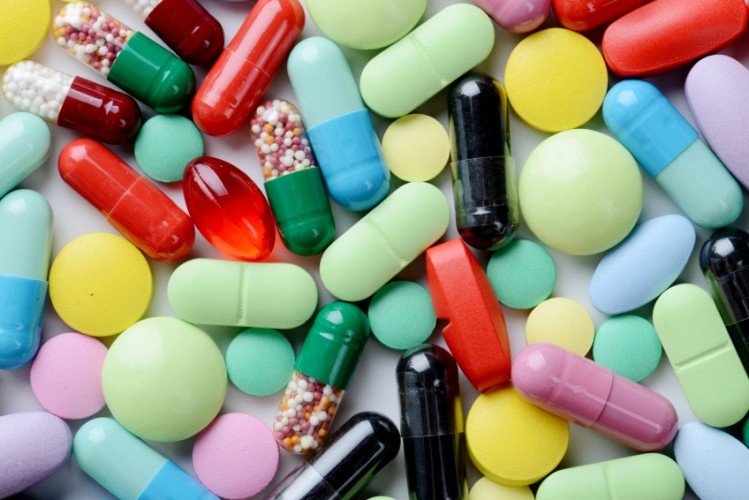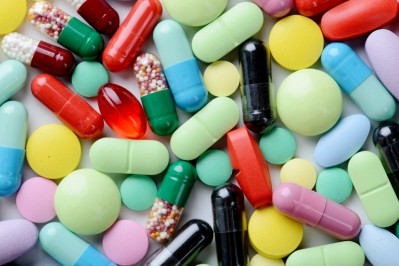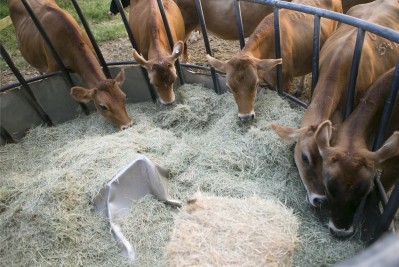Reports from CFI's Strategy Conference on Animal Agriculture
'The days of non-transparent [use of] antimicrobials in food animals are coming to an end,' says US academic

A panel of experts including Michael Apley, professor of clinical sciences at Kansas State University, Maryn McKenna, journalist, and Leah Dorman, director of food integrity and consumer engagement at Phibro Animal Health, spoke Thursday at the Center for Food Integrity’s 2016 Strategy Conference on Animal Agriculture in Illinois.
The panel outlined the history of use of antibiotics in farming and the transformation taking place in this regard in the industry. The speakers called for better antibiotic usage data and stressed that policy makers should, of course, be aware of the unintended consequences of their prohibition in livestock production. The speakers also discussed ways to boost consumer trust around the use of antibiotics in farming.
“We recognize that consumers are increasingly interested in this topic and they’re addressing it through social media and other channels," said moderator Amy Roady, communications director with the Illinois Soybean Association.
In feed use
The majority of medically important antibiotics used in animal agriculture are used in feed, about 74%, said Apley. A secondary amount of antibiotics, about 22%, is administered through drinking water.
“All feed and water uses will be under the control of veterinarians and all production uses for growth promotion are gone as of January 1, 2017,” he said. Currently, about 97% of those products are available over-the-counter.
The amount of antibiotics sold for use in animal production from 2009 to 2014 has increased by about 22%, noted Apley. And the most common antibiotics used in feed are tetracycline varieties and ionophores, he said.
“This [use increase] has gained a lot of notoriety,” said Apley. “People are asking why that is happening. The key to understanding that is in a really well designed antibiotic monitoring [system] that allows people to see those kinds of data, and get that data back and [let it] drive stewardship.”
Transitioning to stewardship
Designing such a tracking method that allows for accurate data and encourages producers to optimize their use of antibiotics is important, said Apley. He advocates a system that enables participants to be anonymous and that generates both an accurate aggregate report for the public and a benchmarking report for producers.
Such an approach would allow livestock producers to see how they compare to others in the industry and potentially push them to improve, he said.
“I think that just taking sales figures and having a legislative body tell us to lop off 50% is an irresponsible way to approach it,” he said. “I have concerns that it will result in severe animal welfare and animal resource catastrophes.”
There should be debate also about the use of antibiotics in feed and the link to specific disease resistant bacteria, said Apley.
However, it also needs to be clarified that not all drug-resistant bacteria have developed resistances to antibiotics used in animal agriculture, he said. Some of the drugs that have resistance issues are used predominately or only in human medicine, he claimed.
Additionally, more importance needs to be placed on the idea of stewardship in antibiotic use, said Apley. The stewardship cycle starts with a look at an illness or disease challenge and asks if there is a non-antibiotic alternative that could be used appropriately to either control or treat the disease.
“What can we do without an antibiotic control? [we can look to] management [and] facilities or vaccines – this isn’t an afterthought, this is where we start.”
After that consideration is made, if it is necessary to use an antibiotic, then the goal is to make a selection that is safe and effective, he said.
“The days of non-transparent [use of] antimicrobials in food animals are coming to an end. This is where we’re moving in our industry," said Apley.
Unintended consequences
It is a good time to reframe the conversation regarding use of antibiotics in animal agriculture, because changes in use and oversight are coming, said Dorman. And consumers increasingly have questions about antibiotic use.
It is important to offer options for consumers, including meat based on antibiotic free husbandry, she said. But there can be some unintended consequences for animal welfare from that production system if animals become ill.
“We talk a lot about some of the risk of using antibiotics, but what are some of the risks of not using antibiotics,” asked Dorman.







